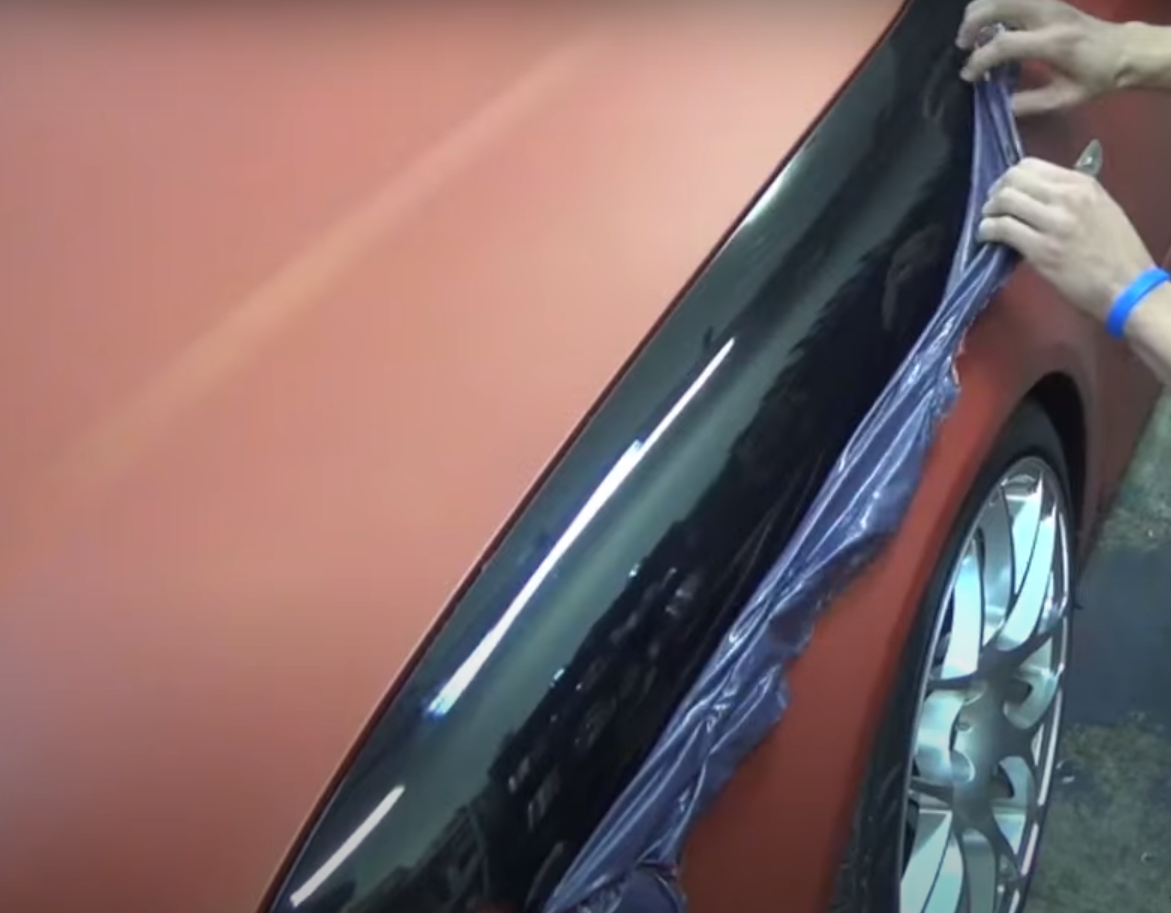Mastering Safe Roads: The Art of Defensive Driving
When driving, defensive driving is an art form that prioritizes efficiency and safety. It’s about learning how to keep yourself and other people safe. Let us examine this vital force.

Defensive Driving Emphasis
Certain capabilities known as defensive driving enable you to protect yourself from possible accidents caused by inattentive drivers, drunk drivers and poor drivers The three guiding concepts of defensive driving are control, safety, and predictability. You can reduce the risks of driving by being experienced.

The key to defensive driving is expectation. They anticipate the reactions of other drivers. This may mean anticipating that the car will suddenly stop in front of you or that a pedestrian may move on the side of the road Ways to improve expectancy skills include looking at the car in front of you and looking at'searched forever. Real-life examples of anticipation include decelerating slowly when the car in front makes a sudden turn or slams on the brakes, or safely changing lanes when you anticipate slower traffic ahead

Maintaining a safe following distance and coping with your velocity are crucial protective driving techniques. Always preserve a safe distance from the car in front, that is commonly a two-2d gap for everyday conditions and greater for detrimental situations. Adjust your speed in line with the street and climate situations. Remember, speed limits aren't targets; they're the maximum speed you ought to be riding under perfect situations. In bad climate or heavy site visitors, it’s more secure to drive underneath the speed limit.

Using mirrors correctly is crucial to defensive driving. Check your side and back mirrors frequently to stay aware of your surroundings. Also, accidents can be avoided by developing the ability to identify blind areas. The portions of your automobile that are hidden from view in your mirror are known as blind spots. Before changing lanes or merging, glance over your shoulder to be sure there are no cars in your blind area.

Minimizing distractions is crucial for road safety. Common culprits, such as passengers, food, and cell phones, divert attention from the road. Enhancing your defensive driving abilities hinges on reducing these distractions. Avoid using your phone, even with hands-free options. Prioritize safety by stopping at a suitable location for food or drink breaks. Maintain a light atmosphere during passenger conversations, avoiding intense or emotional topics while driving.

On the road, a well-kept vehicle almost never creates issues. Frequent car maintenance will maintain your car in good working order and improve driving safety. This includes keeping your lights neat and functioning, ensuring that your brakes are operating correctly, and monitoring the tread depth and tire pressure.

Defensive driving lessons can provide useful education and information. Real-world scenario training is a common feature of these courses, and can enhance your defensive driving skills. They can also improve your knowledge of traffic rules and regulations, which will make you a more professional and safer driver.
Defensive driving: what is it?
A set of abilities called defensive driving may shield you against inattentive drivers, intoxicated drivers, and inclement weather.
Why does defensive driving require expectations?
We can prevent accidents by using predictions to predict other drivers' reactions.
How can I control my distance and speed better?
Always maintain a safe distance behind the automobile in front of you, and modify your speed to suit the road and the weather.
How should I handle a blind spot, and what does it entail?
The portions of your automobile that are hidden from view in your mirror are known as blind spots. In order to change lanes or merge, you must rapidly glance over your shoulder and manage traffic in your blind zone.

Mastering defensive driving isn’t just a skill; Every driver has a responsibility to accept. Putting safety first not only protects you but also creates a safe road culture overall. By improving defensive driving, you are not only protecting yourself, but you are also playing an important role in creating safer roads for all drivers.
Click on the following link to read another blog post: Does My Car Have Active Recall?











